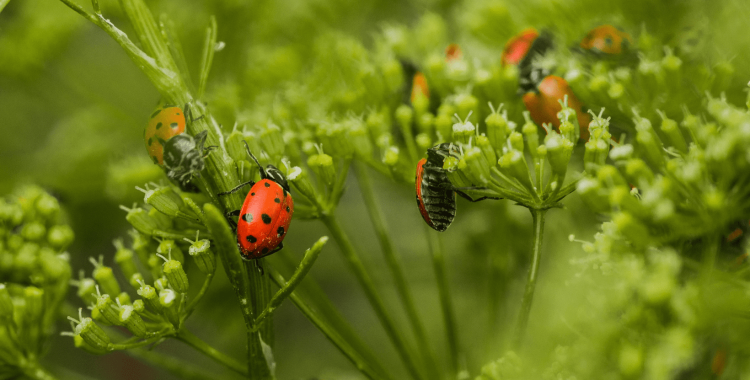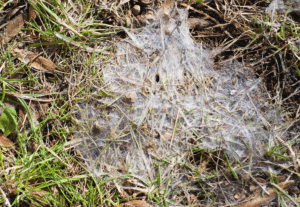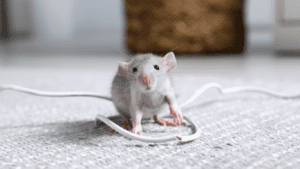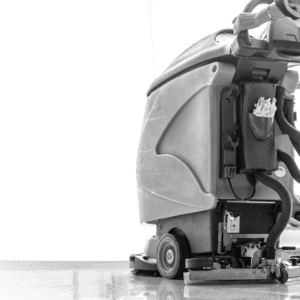Summer is here, and so are pesky critters that can ruin your day. As a facility manager, it is essential to keep your building and surrounding areas pest-free to ensure the comfort and safety of occupants. With warmer temperatures and increased humidity, pests such as ants, mosquitoes, and cockroaches become more active and difficult to control. In this article, we will explore the best pest management strategies that facility managers can implement to keep their buildings and surroundings pest-free during the summer season.
Common Summer Pests in Facilities

Facilities are not immune to pests, and during the summer months, they can become a breeding ground for various types of pests. The most common pests that facility managers should look out for during the summer months are ants, mosquitoes, cockroaches, and rodents.
Ants are small but mighty pests that can cause a lot of damage to facilities. They build their nests in walls, floors, and ceilings, and once they establish their colony, it can be challenging to get rid of them. Mosquitoes are another common pest in facilities, and they can pose a severe health risk to occupants. They breed in stagnant water, and it is essential to eliminate any standing water in and around the facility.
Cockroaches can be found in kitchens, bathrooms, and other areas where there is moisture and food. They are nocturnal pests and can be challenging to detect during the day. Rodents such as rats and mice are common pests in facilities, and they can cause significant damage to the building’s structure and electrical systems.
Health Risks Associated with Pests in Facilities
Pests in facilities can pose a severe health risk to occupants. Ants may bring in bacteria and contaminate food, which can lead to food poisoning. Mosquitoes can transmit diseases such as West Nile virus and Zika virus, which can be life-threatening. Cockroaches carry bacteria and allergens that can cause asthma and other respiratory problems. Rodents can also carry diseases and cause significant damage to the building’s structure and electrical systems.


Integrated Pest Management (IPM) is a holistic approach to pest management that focuses on prevention, monitoring, and control. It is a sustainable and environmentally friendly approach that involves the use of non-chemical methods such as trapping, exclusion, and sanitation. Facility managers can implement IPM strategies to prevent and control pests in their buildings.
IPM strategies include identifying and monitoring pest activity, implementing preventative measures such as sealing cracks and gaps, eliminating food and water sources, and using mechanical and biological control methods. The use of chemicals is limited and only used as a last resort.
Prevention Techniques for Summer Pests
Preventing pests from entering the facility is the best way to control and manage them. Facility managers can implement several preventative measures to keep pests at bay during the summer months. The first step is to seal all cracks and gaps in the building’s exterior to prevent pests from entering. This includes sealing around windows, doors, and pipes.
Eliminating food and water sources is also critical in preventing pests. Facility managers should ensure that all food is stored in sealed containers and that any spills or crumbs are cleaned up promptly. Standing water should be eliminated, and any leaks or moisture issues should be addressed immediately.

Effective Treatment Options for Pest Infestations

Despite preventative measures, pest infestations can still occur. When this happens, it is essential to act quickly to prevent further damage and spread of pests. There are several effective treatment options for pest infestations, including chemical, mechanical, and biological control methods.
Chemical control methods involve the use of pesticides, which can be effective but should be used with caution. Mechanical control methods include trapping and exclusion, which are non-chemical methods of controlling pests. Biological control methods involve the use of natural enemies of pests, such as predators and parasites.
The Role of Facility Managers in Pest Management

Facility managers play a crucial role in pest management. They are responsible for ensuring that their buildings and surrounding areas are pest-free and safe for occupants. This involves implementing preventative measures, monitoring for pest activity, and taking action when necessary.
Facility managers should also educate occupants on pest prevention and encourage them to report any pest activity immediately. Regular inspections and maintenance should be conducted to identify and address any pest issues promptly.
Pest Management Best Practices for Facility Managers
To effectively manage pests during the summer months, facility managers should implement best practices for pest management. These include:
- Conducting regular inspections and maintenance to identify and address any pest issues promptly.
- Educating occupants on pest prevention and encouraging them to report any pest activity immediately.
- Implementing IPM strategies to prevent and control pests.
- Sealing all cracks and gaps in the building’s exterior and eliminating food and water sources.
- Acting quickly to treat any pest infestations that occur.
- Choosing the right pest control company.

Maintaining a Pest-Free Facility during the Summer Months
Summer is the season of sunshine and outdoor activities, but it is also the season of pests. Facility managers play a crucial role in ensuring that their buildings and surrounding areas are pest-free and safe for occupants. By implementing preventative measures, monitoring for pest activity, and taking action when necessary, facility managers can effectively manage pests during the summer months.
Choosing the right pest control company and implementing IPM strategies are also essential in maintaining a pest-free facility. By following best practices for pest management and working with a reputable pest control company, facility managers can keep their buildings and surroundings pest-free and ensure the comfort and safety of occupants.






